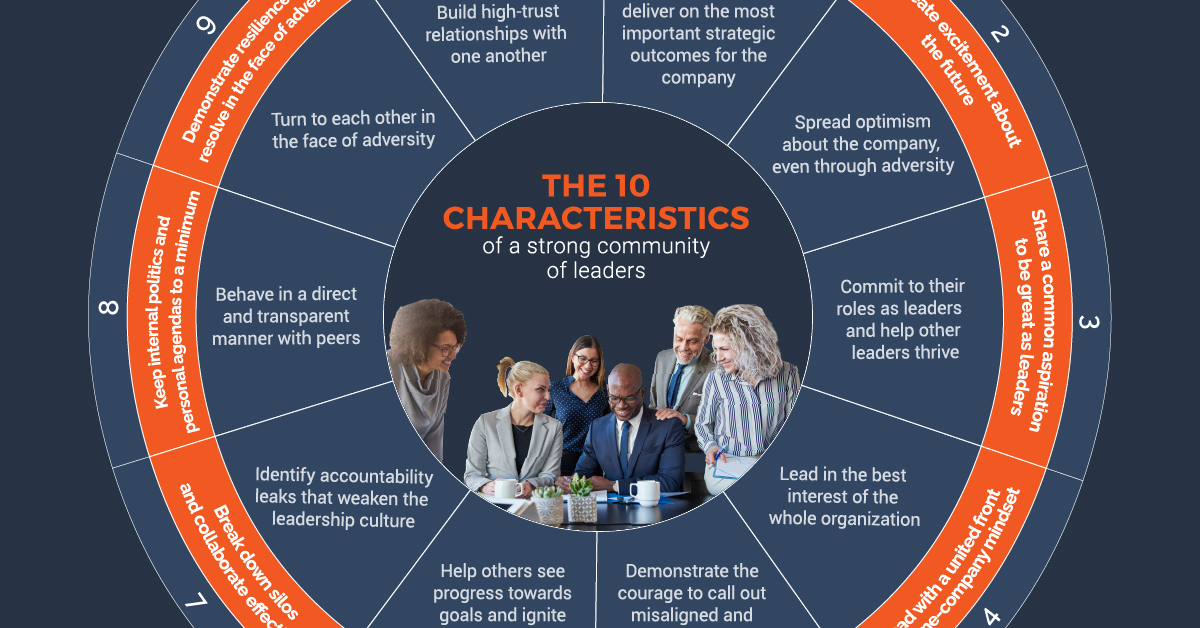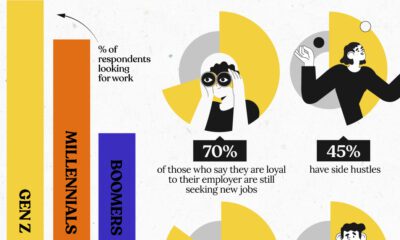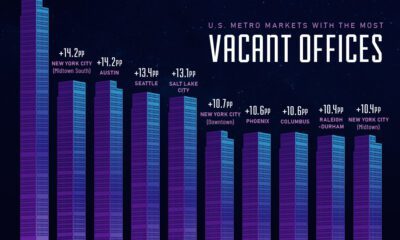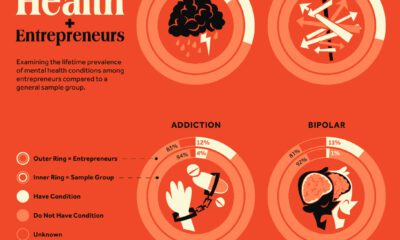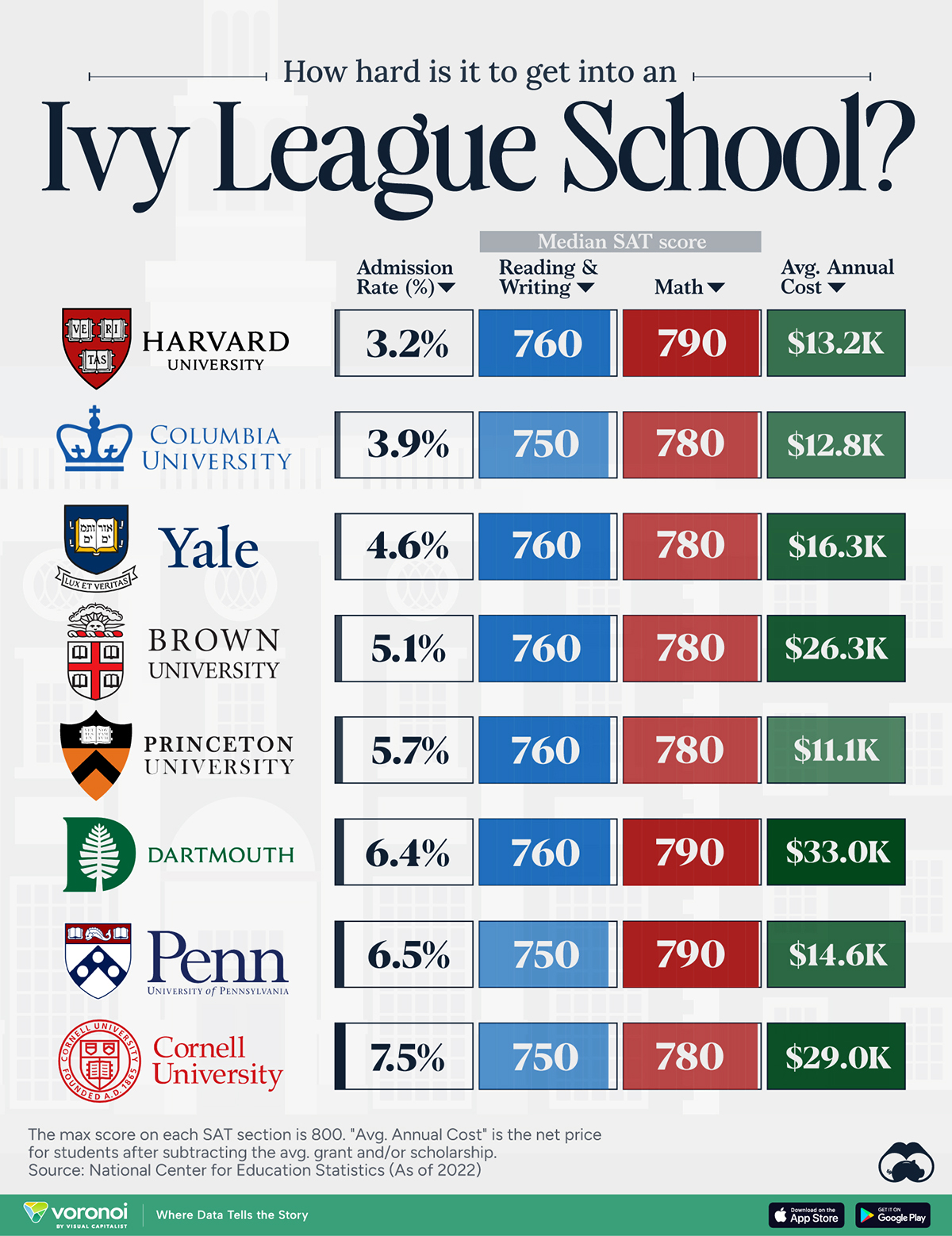Misc
10 Ways You Can Build Leadership Communities in a Hybrid World of Work
The world has never been more connected. Yet many of us feel more disconnected than ever before.
In particular, CEOs and managers can often feel isolated from their peers, and therefore crave a greater sense of community and belonging. This lack of social connection can have a detrimental impact on both them and their team—putting the future of their company at risk.
Leading in a Hybrid World of Work
This infographic from bestselling author Vince Molinaro dives into the ways you can build a strong community of leaders in your organization, enabling you to more successfully execute on strategy, drive growth, and deliver results.

>>Download Dr.Vince Molinaro’s Community Builder Ebook Today
The Critical Need for Leadership Communities
In today’s world, many leaders have been conditioned to work and lead in a way that is individualistic and hyper-competitive, which leads to problematic outcomes including:
- Limiting innovative ideas
- Causing overwhelm and stress
- Limiting diversity and a sense of inclusion
- Promoting a macho culture
- Creating heroes and zeros in organizations
This outdated model breeds a weak leadership culture. Even though leadership expectations are higher than ever, very few companies boast a strong leadership culture. In fact, just 15% of companies have the culture they need to succeed.
What does a weak leadership look like?
Weak Leadership Cultures
When leaders demonstrate the following behaviors, organizations are at risk of developing a weak leadership culture:
- They lack clarity around strategic priorities.
- They fail to inspire the people they lead.
- They tolerate ineffective and mediocre leadership.
- They demonstrate animosity for the success of other leads, teams, and departments.
- They work at cross-purposes with each other.
- They prop themselves up while downplaying the contribution of others.
- They don’t engage stakeholders.
- They regularly badmouth others and throw colleagues under the bus.
- They withhold information as a way to retain power over their peers.
- They act as bystanders when colleagues need help.
When these negative dynamics become apparent, organizations pay a significant price. According to a report from Qualtrics, 40% of managers see a decline in their mental health, while another study shows that 66% of leaders have checked out entirely.
It is clear that building a strong community of leaders has become critical as the world continues to become even more complex and uncertain. Let’s dive into some of the ways you can build a greater sense of belonging in your organization today.
The Characteristics of Leadership Communities
Here are the 10 characteristics and behaviors that promote a strong community of leaders. Does this describe your organization’s leadership culture?
| Characteristic | Aligned Behavior |
|---|---|
| 1. Have clarity on the strategic direction of the organization | Be determined to deliver on the most important strategic outcomes for the company |
| 2. Create excitement about the future | Spread optimism about the company, even through adversity |
| 3. Share a common aspiration to be great as leaders | Commit to their roles as leaders and help other leaders thrive |
| 4. Lead with a united front and a one-company mindset | Lead in the best interest of the whole organization |
| 5. Hold each other accountable by calling out unproductive leadership behavior | Demonstrate the courage to call out misaligned and unacceptable behaviors |
| 6. Celebrate success and key milestones | Ignite passion by recognizing others and showing progress towards goals |
| 7. Break down silos and collaborate effectively | Identify accountability gaps that weaken the leadership culture |
| 8. Keep internal politics and personal agendas to a minimum | Behave in a direct and transparent manner with peers |
| 9. Demonstrate resilience and resolve in the face of adversity | Turn to each other while navigating tough challenges |
| 10. Support one another and have each other’s backs | Build high-trust relationships with one another |
Most leaders want to be in an environment where there is real clarity, alignment, commitment, and mutual support—it just takes one accountable leader to make it happen.
The Benefits to Creating a Strong Community of Leaders
If done right, the effects of building a strong community of leaders can be extraordinary:
- Promotes a stronger sense of belonging.
- Allows for greater knowledge sharing.
- Encourages higher levels of performance.
- Creates a culture of accountability.
- Improves employee engagement.
Moreover, research shows that employee engagement is directly linked to a company’s culture and value system. In fact, employee engagement levels can reach up to 72% when managers work well with each other.
With the working world transforming before our very eyes, it’s time to establish a new leadership contract so that CEOs and managers can lead their organizations successfully into the future.
Do you have what it takes to be a community builder? Download your Ebook to discover practical strategies you can apply today.
Misc
How Hard Is It to Get Into an Ivy League School?
We detail the admission rates and average annual cost for Ivy League schools, as well as the median SAT scores required to be accepted.
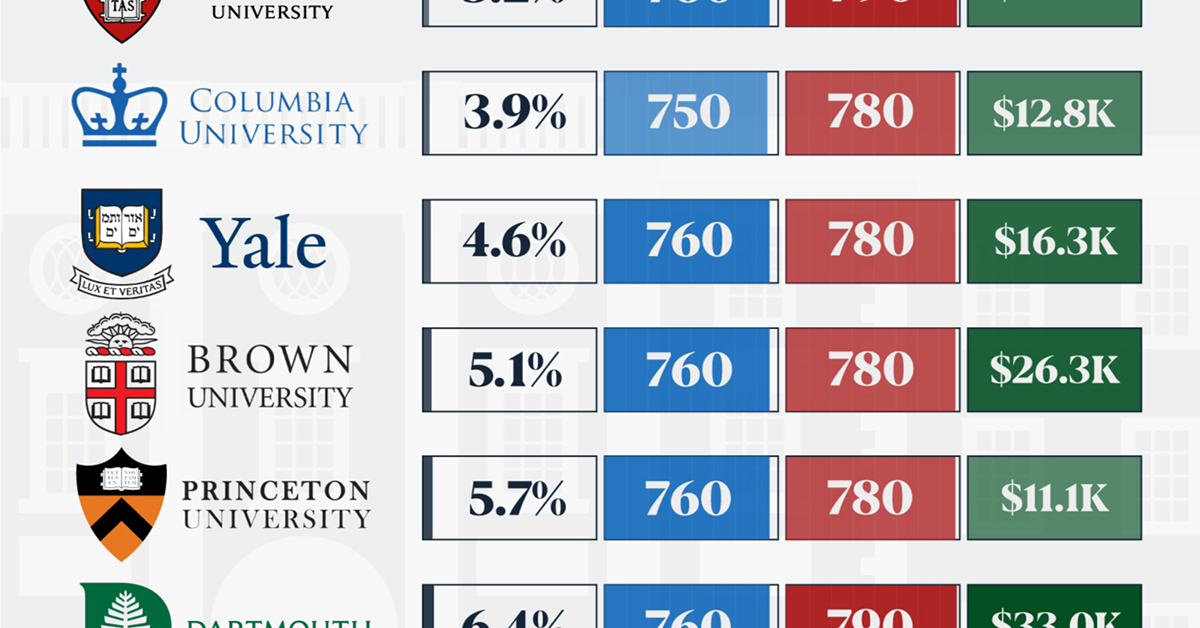
How Hard Is It to Get Into an Ivy League School?
This was originally posted on our Voronoi app. Download the app for free on iOS or Android and discover incredible data-driven charts from a variety of trusted sources.
Ivy League institutions are renowned worldwide for their academic excellence and long-standing traditions. But how hard is it to get into one of the top universities in the U.S.?
In this graphic, we detail the admission rates and average annual cost for Ivy League schools, as well as the median SAT scores required to be accepted. The data comes from the National Center for Education Statistics and was compiled by 24/7 Wall St.
Note that “average annual cost” represents the net price a student pays after subtracting the average value of grants and/or scholarships received.
Harvard is the Most Selective
The SAT is a standardized test commonly used for college admissions in the United States. It’s taken by high school juniors and seniors to assess their readiness for college-level academic work.
When comparing SAT scores, Harvard and Dartmouth are among the most challenging universities to gain admission to. The median SAT scores for their students are 760 for reading and writing and 790 for math. Still, Harvard has half the admission rate (3.2%) compared to Dartmouth (6.4%).
| School | Admission rate (%) | SAT Score: Reading & Writing | SAT Score: Math | Avg Annual Cost* |
|---|---|---|---|---|
| Harvard University | 3.2 | 760 | 790 | $13,259 |
| Columbia University | 3.9 | 750 | 780 | $12,836 |
| Yale University | 4.6 | 760 | 780 | $16,341 |
| Brown University | 5.1 | 760 | 780 | $26,308 |
| Princeton University | 5.7 | 760 | 780 | $11,080 |
| Dartmouth College | 6.4 | 760 | 790 | $33,023 |
| University of Pennsylvania | 6.5 | 750 | 790 | $14,851 |
| Cornell University | 7.5 | 750 | 780 | $29,011 |
*Costs after receiving federal financial aid.
Additionally, Dartmouth has the highest average annual cost at $33,000. Princeton has the lowest at $11,100.
While student debt has surged in the United States in recent years, hitting $1.73 trillion in 2023, the worth of obtaining a degree from any of the schools listed surpasses mere academics. This is evidenced by the substantial incomes earned by former students.
Harvard grads, for example, have the highest average starting salary in the country, at $91,700.
-

 Real Estate2 weeks ago
Real Estate2 weeks agoVisualizing America’s Shortage of Affordable Homes
-

 Technology1 week ago
Technology1 week agoRanked: Semiconductor Companies by Industry Revenue Share
-

 Money1 week ago
Money1 week agoWhich States Have the Highest Minimum Wage in America?
-

 Real Estate1 week ago
Real Estate1 week agoRanked: The Most Valuable Housing Markets in America
-

 Business2 weeks ago
Business2 weeks agoCharted: Big Four Market Share by S&P 500 Audits
-

 AI2 weeks ago
AI2 weeks agoThe Stock Performance of U.S. Chipmakers So Far in 2024
-

 Misc2 weeks ago
Misc2 weeks agoAlmost Every EV Stock is Down After Q1 2024
-

 Money2 weeks ago
Money2 weeks agoWhere Does One U.S. Tax Dollar Go?

